Paul Gauguin’s painting, 'The Vision After the Sermon: Jacob Wrestling With the Angel' is a many-layered work produced during his stay in Brittany.
It reflects a story from the book of Genesis where Jacob wrestles throughout the night with an angel. The theme is mysterious and dramatic, and is often said to represent a spiritual struggle, a dark night of the soul – a conflict recognised by those of both a religious and secular disposition.


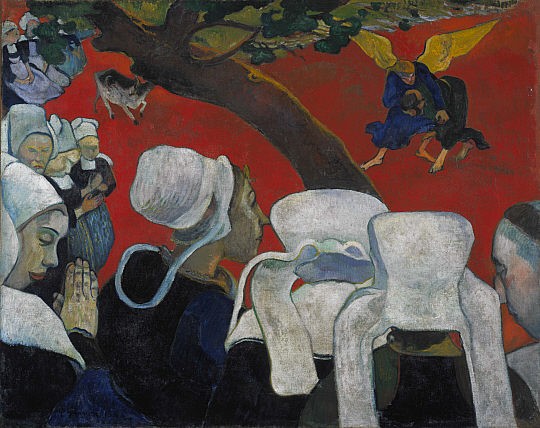
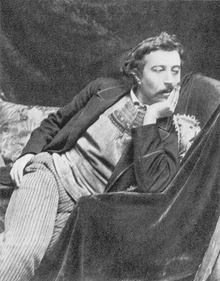



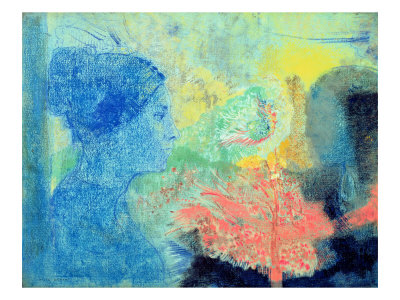
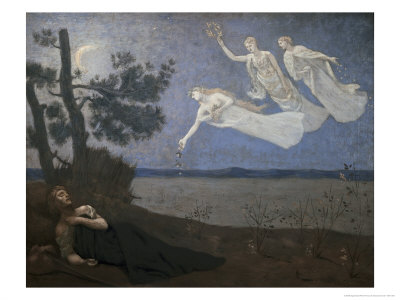
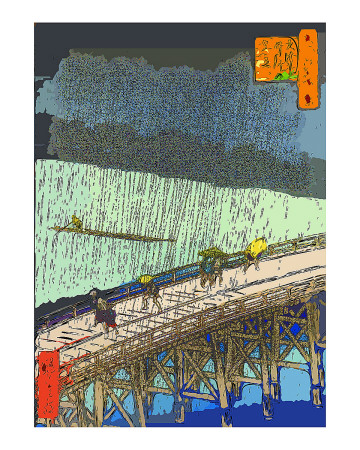
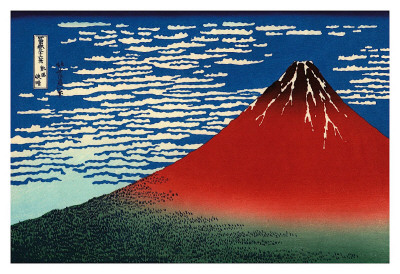
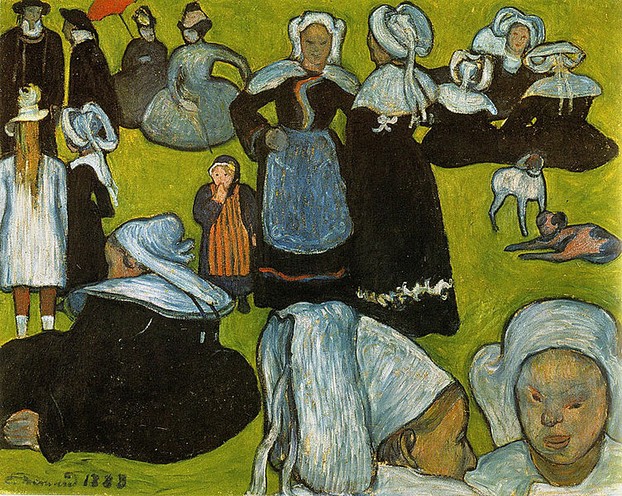
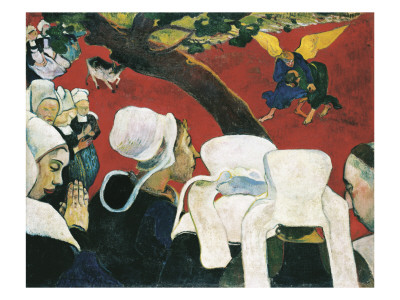
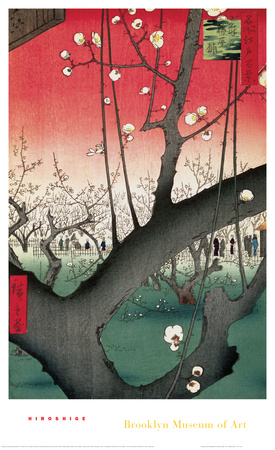
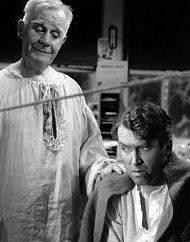




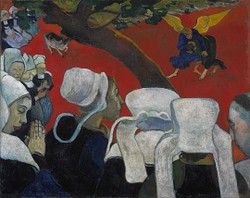

 How to Choose a Walking Cane or Stickon 08/01/2014
How to Choose a Walking Cane or Stickon 08/01/2014
 Michael Miller Fabulous Fabric Swatches for Quilting, Crafts etcon 07/02/2014
Michael Miller Fabulous Fabric Swatches for Quilting, Crafts etcon 07/02/2014
 The Drama of Life in the Rock Poolon 06/08/2014
The Drama of Life in the Rock Poolon 06/08/2014
 The Flâneur - Symbol of Modernity in 19th Century Parison 05/09/2014
The Flâneur - Symbol of Modernity in 19th Century Parison 05/09/2014

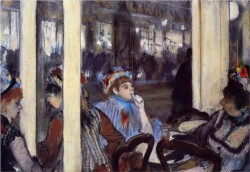
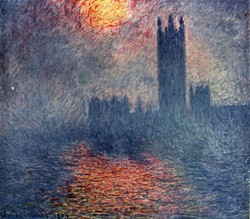
Comments
I'm glad you like Gauguin. He is probably my favourite painter and I love this work in particular. Thanks so much for your comment.
Beautiful! Love Gauguin's use of color. Didn't know about the Japanese influence on his work. You've made me want to look at this painting in more detail.
Elias! thank you so much - I'm glad you liked it! :)
Just stopping by to give you my congrats on another well written and visually stunning art article, Kathleen! :)